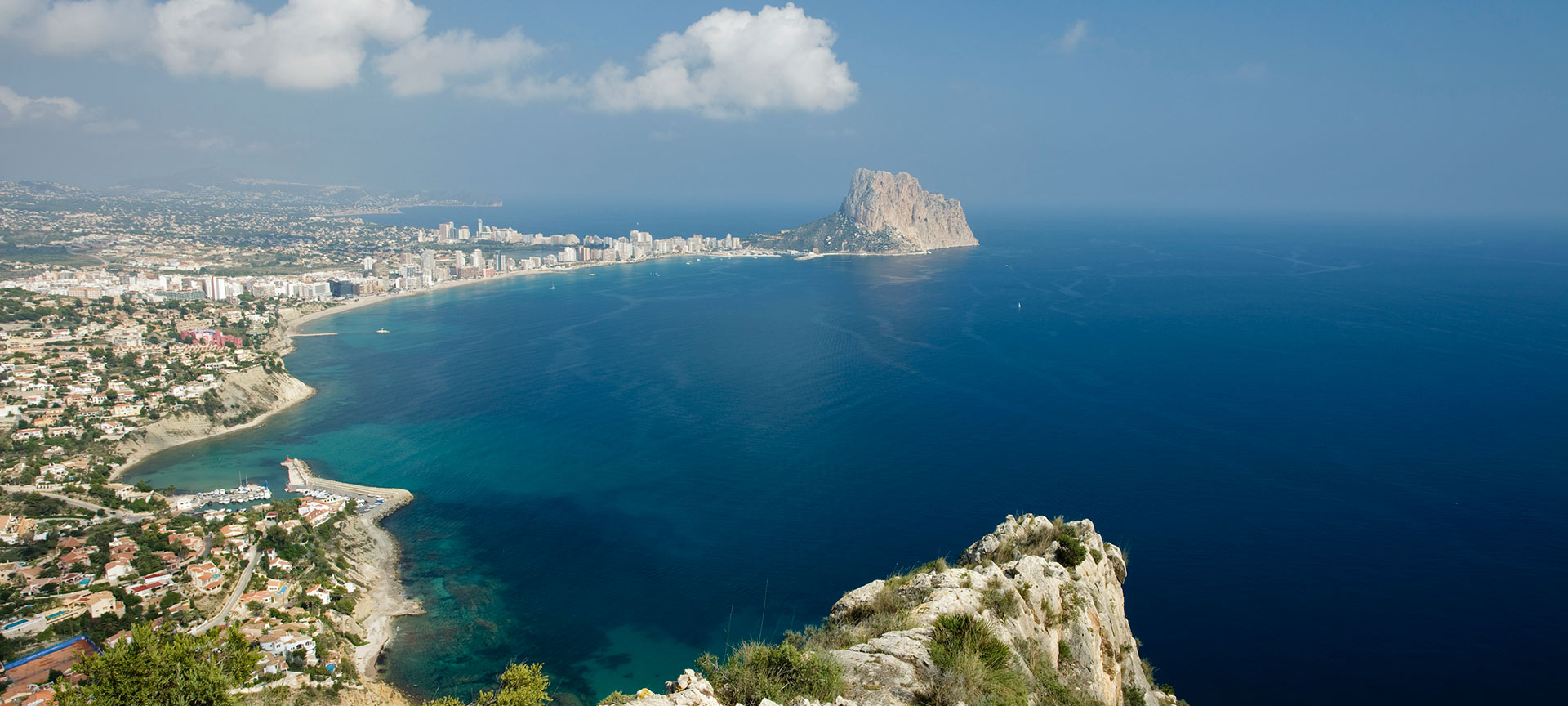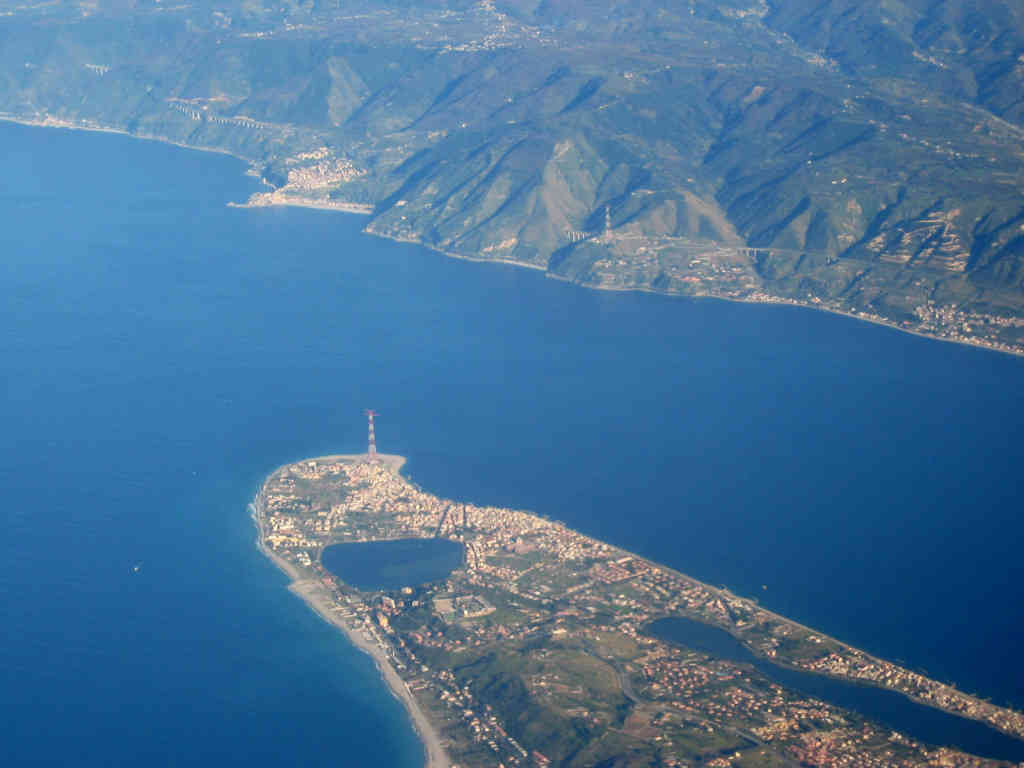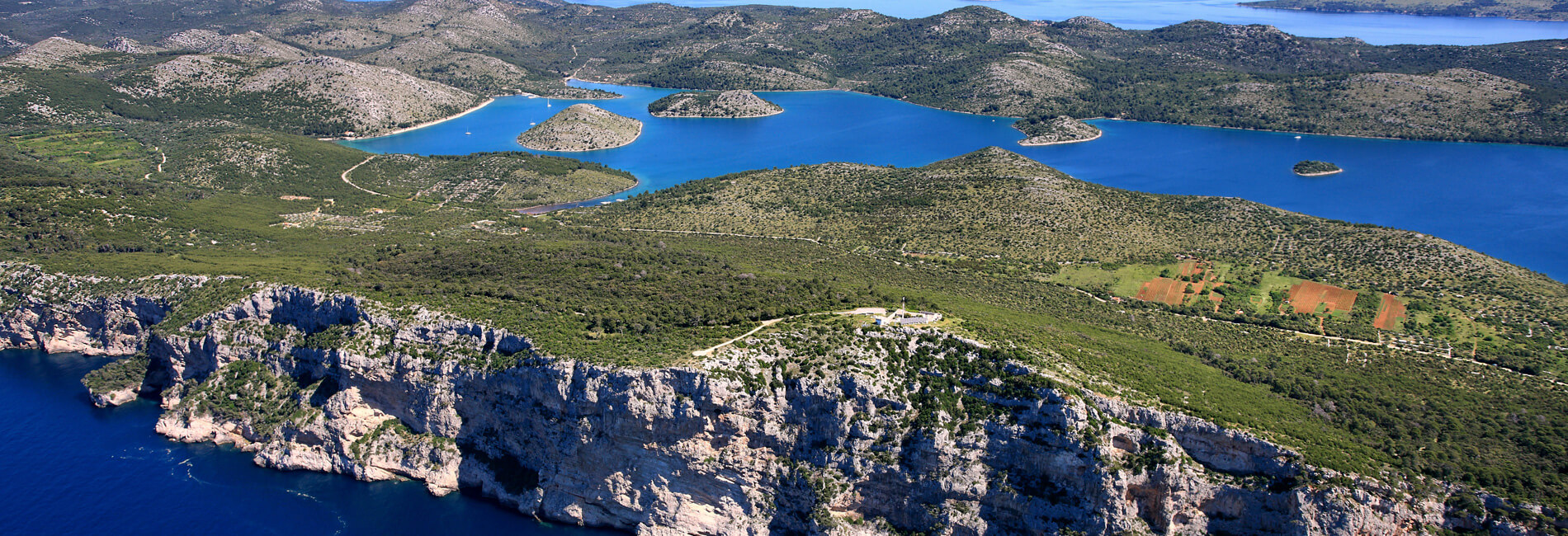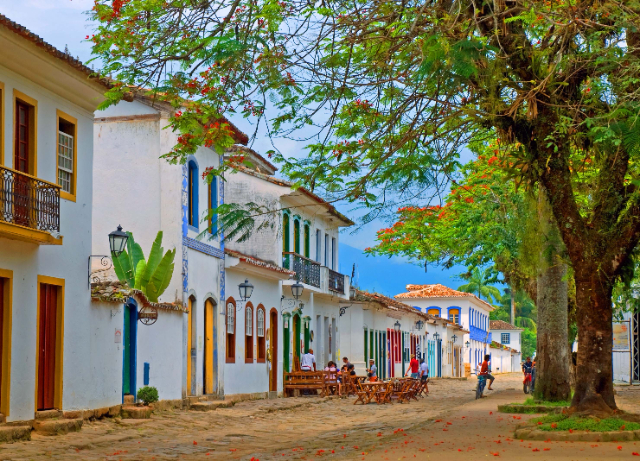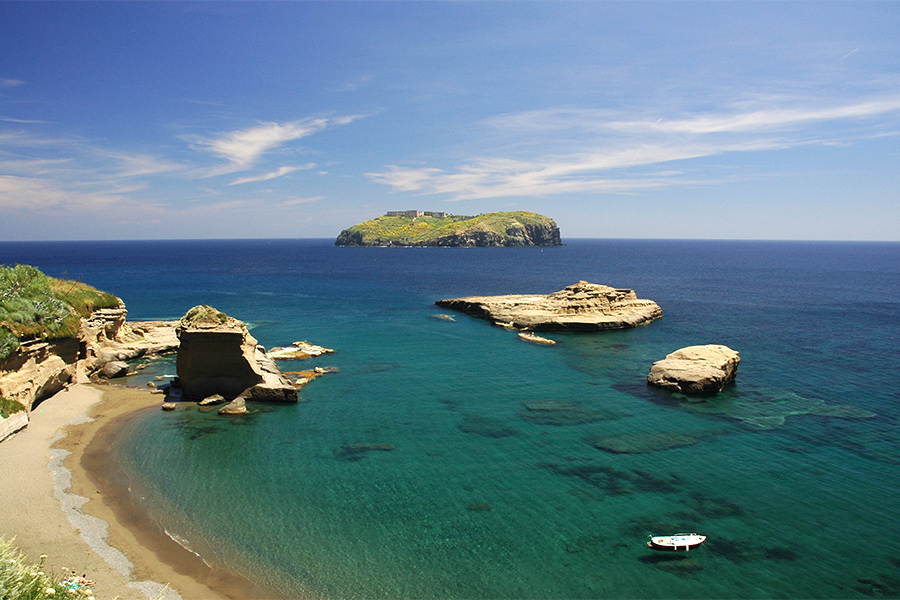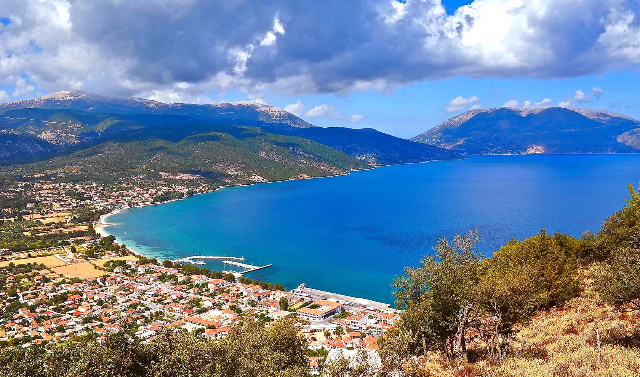Dominated by the imposing mass of the Ifach Peak, Calpe lies on the Mediterranean coast, surrounded by fabulous mountains and lush vineyards.
In the past, this town in the Marina Alta de Alicante was inhabited by various peoples, as evidenced by the numerous remains found in its vicinity, including the Baños de la Reina (Queen’s Baths), a Roman saltworks.
Calpe, a town with an ancient history and deep traditions, is also one of the main tourist destinations on the Costa Blanca. The marina, the promenade and the eleven kilometres of coastline dotted with cliffs, beaches and coves are some of its most beautiful spots. One of its symbols is also one of them, the Ifach Peak, an immense limestone cliff 332 metres high that plunges into the sea and gave origin to this town. Its territory has been declared a natural park due to its great botanical and faunal wealth. The best views of Calpe and its coastline can be admired from the summit, which can be accessed on a guided tour of the park. The mild climate and the orographic peculiarities of the area make this municipality in the province of Alicante a place suitable for all types of visitors: from those who seek sun and sea to those who want to practice outdoor sports. Chiringuitos (beach bars) and kiosks for renting equipment, such as windsurfing boards and jet skis, line La Fossa and Arenal, sunny beaches with a beautiful promenade and all kinds of services. One of the quiet coves in the bay is Les Bassetes, known for its seabed and crystal clear waters.
The old town of Calpe is surrounded by ancient walls, built in the 15th century to defend the town from pirate attacks. Near the Moorish quarter of Arrabal a part of the old medieval wall is still preserved, with some ramparts and the Torrione della Peça. Nearby, the parish church of the XV century rises up, dedicated to the Virgin of the Snows, the only temple of Gothic-Mudejar style in the Valencian Community. There are other fine examples of religious architecture in Calpe, such as the hermitages of La Cometa and San Salvador, both from the 17th century.
